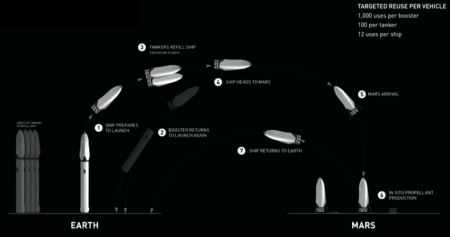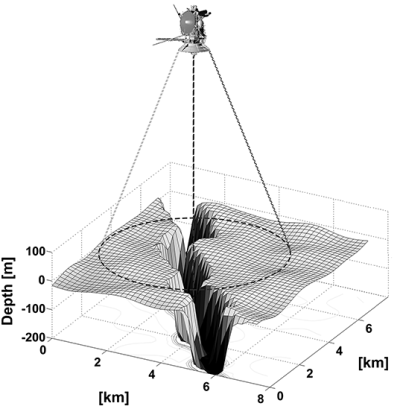More madness from our intellectual betters
Below is another collection of links I have been gathering since last week, illustrating the intellectual bankruptcy that presently dominates American society and the so-called elite culture that is supposed to lead us.
- University of Wisconsin students sell anti-police, anti-white hoodies
- Amazon pulls ‘offensive’ sexy burka costume. Sexy Nun, Sister, Habit, and Priest still available
- This New Reg Will Punish Churches That Use ‘Discriminatory’ Gender Practices
- Faculty Said ‘No’ to Trigger Warnings… And That Triggered Students
- James Madison University distributes seven-page speech guide
- Sheriff Clarke too ‘politically polarizing’ for University of New Hampshire, speech cancelled
I wish I could say that these stories are the exceptions that prove freedom and the demand from western civilization that we always seek the truth is still thriving in America, but if I did I’d be lying. These stories reflect the close-minded and oppressive attitude that is permeating our intellectual climate and is acting to squelch freedom and the ability of people to express alternative points of view.
The first three stories illustrate the hate of western civilization that dominates modern intellectual culture. The last three stories illustrate its close-mindedness. For example, consider the James Madison University speech guide:
Student leaders of this year’s freshman orientation at James Madison University were given a list of 35 things they should avoid saying, including phrases such as “you have such a pretty face,” “love the sinner, hate the sin,” “we’re all part of the human race,” “I treat all people the same,” “it was only a joke,” “I never owned slaves,” and “people just need to pick themselves up by their bootstraps,” among other expressions.
Meanwhile, a police chief (who happens to be black) is banned from speaking about the use of forensics in police work because he has had the nerve to publicly criticize the racist Black Lives Movement. We can’t have that!
The worst aspect of these stories is the lack of resistance to these totalitarian measures. If I was attending James Madison University, my response to that speech guide would be to start wearing t-shirts with those banned phrases blazoned across the front, while chalking those phrases everywhere on sidewalks. I do not get the sense that today’s students have the same courage. In fact, the story on trigger warnings suggests that today’s students are wholly in favor of this oppression, and get upset if anyone dares express a dissenting view to them.
















